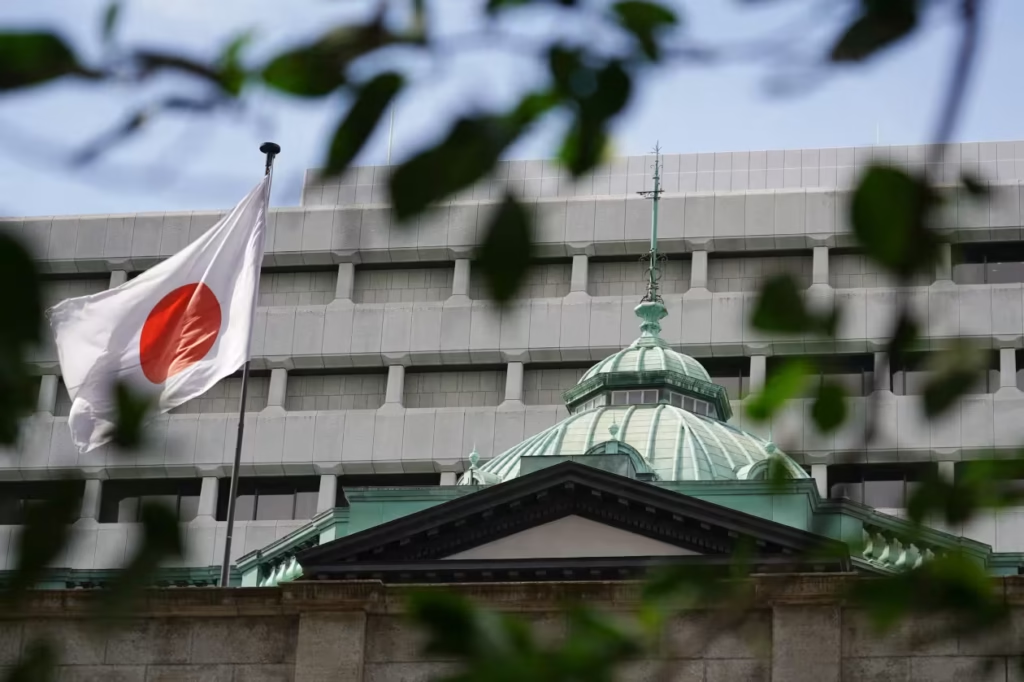The closing direction of the stock market was misreported in an earlier version of this story.
When it comes to indicating how investors are being shaken by the U.S. fiscal picture, the 30-year Treasury yield has recently garnered the most attention. Another, less discussed aspect that affects attitude is coming from abroad. It is the turbulent recent increase in bond yields in Japan. Japan’s 30-year yield, BX:TMBMKJP-30Y, reached its highest level in about 25 years of record-keeping on Thursday, at about 3.17%, following a lackluster 20-year bond auction a few days earlier. Additionally, its 40-year yield, BX:TMBMKJP-40Y, surged to 3.67%, the highest since it began trading in 2007.
Through a practice known as the “yen-funded carry trade,” Japanese financial institutions are well-known for being large purchasers of U.S. Treasurys and for having historically supported the global bond market. In this transaction, a higher-yielding currency, such as the dollar, is purchased with a yen loan and then invested in yen bonds. But according to one strategist, that era seems to be coming to an end, endangering U.S. stocks as well as Treasurys.
“The unwinding of the carry trade could cause a loud sucking sound in U.S. financial assets,” according to strategist Albert Edwards of the French bank Société Générale, if investors in Japan are lured back home by much higher rates on Japanese government bonds.
“Without considering a broader global context, the majority of analysts ascribe the 5% increase in the U.S. 30-year yield to domestic budgetary developments in the United States. The dollar and Japanese money flows have bloated the U.S. Treasury and equity markets, making them both vulnerable,” Edwards wrote in a report on Thursday.
The analyst stated: “I would rank trying to understand and follow the surging long end of the JGB market as the No. 1 most important thing for investors at the moment.”
According to Edwards, the Treasury market’s own selloff of the longest-dated government maturities on Thursday morning may have been influenced in part by the recent selloff in the Japanese bond market. Jumping to an intraday high of 5.15%, the 30-year Treasury yield—which increases as the price of the underlying bond declines—was on track to reach its highest closing level since 2007. The bond then recovered in the afternoon in New York, causing the 30-year yield to drop by 2.6 basis points to 5.063%. The Nasdaq Composite COMP witnessed a 0.3% rise, while the Dow Jones Industrial Average DJIA and S&P 500 SPX closed slightly lower.
A major factor in Thursday’s U.S. bond market activity was the House Republicans’ early-morning decision to move forward with President Donald Trump’s massive tax and spending measure. Concerns regarding the U.S. fiscal situation and investors’ desire to continue purchasing U.S. debt were being raised by that law.
According to George Saravelos, a researcher at Deutsche Bank in Frankfurt, the difference between Treasury yields and the Japanese yen is the most significant sign of rising fiscal vulnerabilities in the United States. Despite rising Treasury yields, the yen has gotten stronger, which he views as “evidence that foreign participation in the U.S. Treasury market is declining.” He stated on Wednesday that rising rates in Japan have been perceived by some as an indication of growing fiscal concerns about the Asian nation. “We would argue the JGB sell-off is a bigger problem for the U.S. Treasury market: by making Japanese assets an attractive alternative for local investors, it encourages further divestment from the U.S.”





